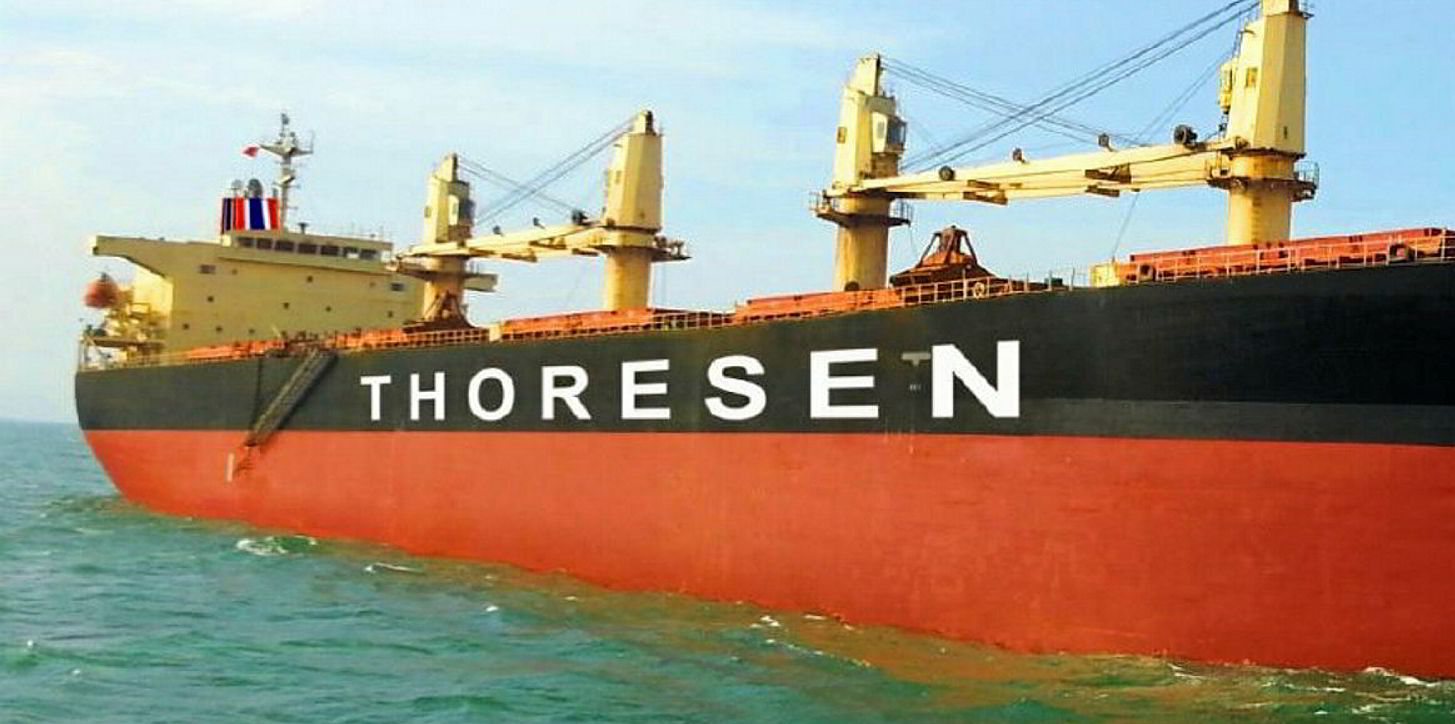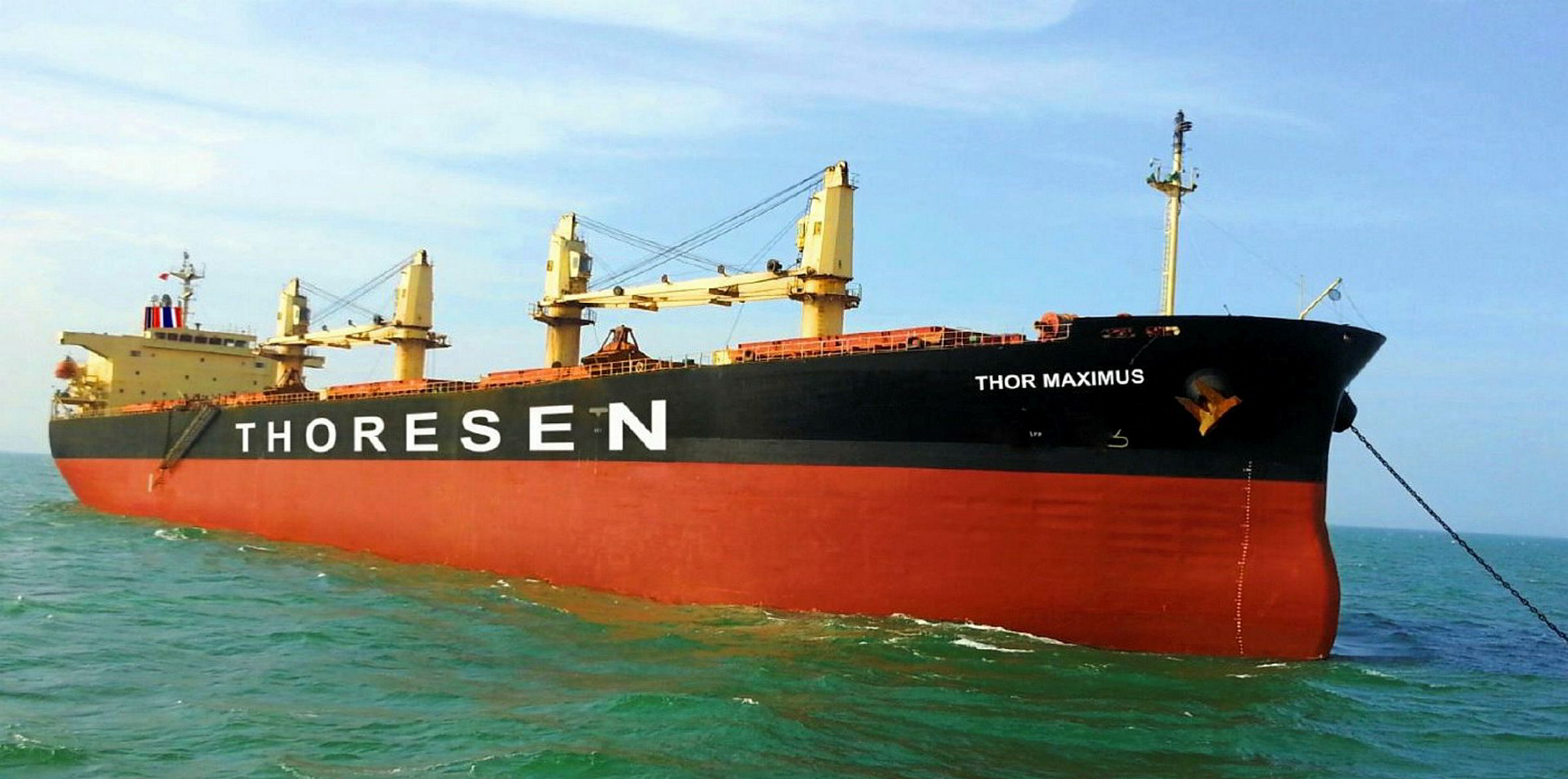A surge in first quarter revenue could not help Thai bulker owner Thoresen Shipping from posting a 65% decline in first quarter net profit.
Net income was THB 87.3m ($2.8m) against the THB 166.1m achieved 12 months ago.
Revenue was up by almost one-third to THB 1.7bn. However, this was partially offset by a 48% increase in vessel operating expenses to THB 1.4bn.
Thoresen said it achieved an average time charter equivalent (TCE) rate during the quarter of $9,024 per day, outperforming the average BSI of $7,535 per day by 20%.
The TCE rate comprised its owned fleet TCE rate of $$8,492 per day and gains from chartered-in vessels of $532 per day. The highest TCE rate recorded during the quarter was $21,401 per day.
At the end of the quarter, Thoresen’s owned fleet stood at 21 vessels with an average size of 55,285-dwt and an average age of just under 12 years.
Thoresen stayed clear of the sale and purchase market during the quarter, but made extensive use of the charter market with the number of chartered-in tonnage days increasing 86% year-on-year to 849 days.
It operated an average of 40.7 vessels, comprising 20.4 owned vessels and 20.3 chartered-in vessels during the quarter, increasing from an aggregated average fleet 12 months ago of 31 vessels.
Dry cargo rates are typically affected by seasonal factors such as the Lunar New Year celebration and weather conditions in the first quarter.
But Thoresen said the situation was exasperated this year by events in Brazil, the continued US-China trade dispute and the disruption caused by Cyclone Veronica in Australia in late March.
The quarter saw the Baltic Dry Index (BDI) average just 798 points against an average of 1,175 points in the corresponding period last year.
However, Thoresen said the freight rate environment has now begun to improve as some of these factors have subsided, with the BDI surpassing 1,000 points at the end of April.
“Looking further in 2019, the market is expected to pick up seasonally from the current lows; nonetheless, there are some downside demand risks affecting the balance of fundamentals in the bulker sector,” Thoresen said.
“However, supply growth could potentially be limited by the positive impact of the forthcoming IMO 2020 global sulphur cap, including scrubber retrofit time, slower operating speeds and increased recycling.”
At the end of the quarter, Thoresen’s owned fleet stood at 21 vessels with an average size of 55,285-dwt and an average age of just under 12 years.





